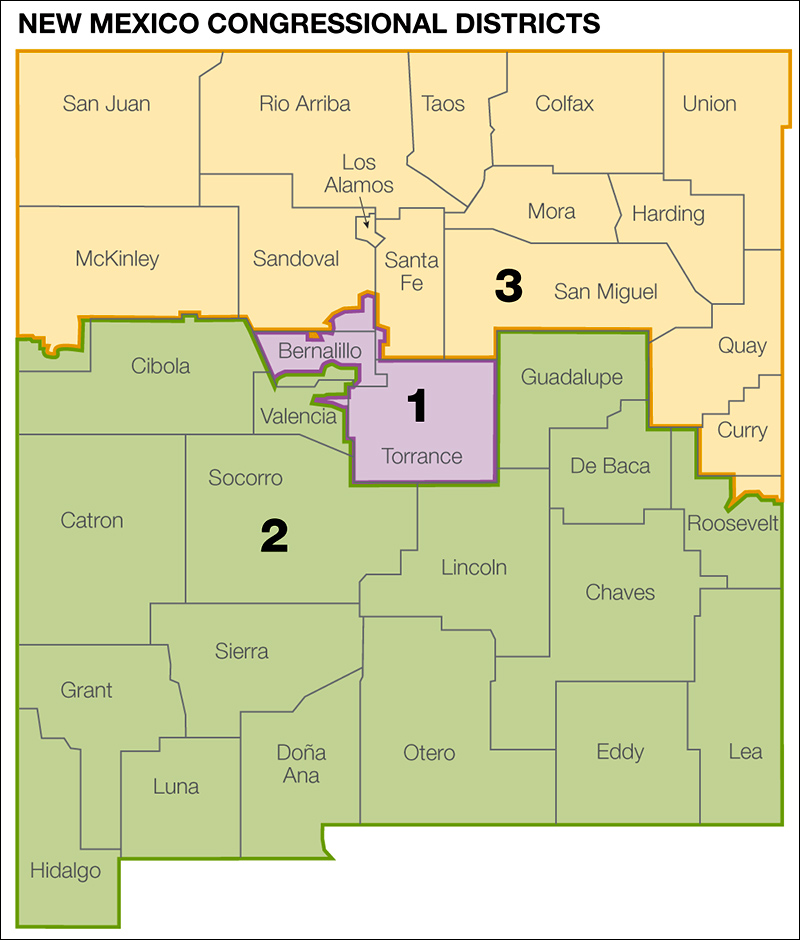By Jim Ellis
Sept. 17, 2021 — The Indiana House Republican majority caucus released the state’s first 2021 congressional redistricting map, and it appears to strengthen the party’s 7-2 grip on the Hoosier State federal delegation.
Political data is not readily accessible, but the geographic outline and reaction from at least one former Democratic congressional candidate suggests the biggest change comes in the state’s 5th District. IN-5 is the geographically central seat that had been trending away from being the safe Republican CD we saw during the previous decade’s early period.
Former state representative and 2016 lieutenant governor nominee Christina Hale (D), who lost to freshman Rep. Victoria Spartz (R-Noblesville) by a relatively close open seat 50-46 percent count last November, claims the House Republicans “kneecapped” any Democrat wanting to run in this district for the foreseeable future.
Though the official political data is not available, the Daily Kos Elections team calculated that former President Trump would have carried this new version of the 5th District with a 57-41 percent margin. His victory totals in the present 5th from 2020 and 2016 were 50-48 and 53-41 percent, respectively.
The current 5th District encompasses all or part of eight central Indiana counties including just over 180,000 people from Marion County in the northern Indianapolis suburbs. These are the precincts making the 5th more competitive as they now lean Democratic.
The proposed CD-5, and this released map, are a long way from being adopted through the legislative process; it would see a jettisoning of all of its Marion County population. Instead, the new district would occupy five whole counties north of Indianapolis and the Marion County line in addition to annexing almost all of Howard County.
The district coming into Marion County to replace the residents shed from the 5th is Rep. Greg Pence’s (R-Columbus) 6th District. Instead of moving in a north south direction along the Ohio border as is the current configuration, the proposed IN-6 would move from the Ohio border and enjoin counties to the west all the way into Marion County. The 6th, however, would assume the necessary Marion County population in the southern portion of the Indianapolis metropolitan area instead of the northern territory.







